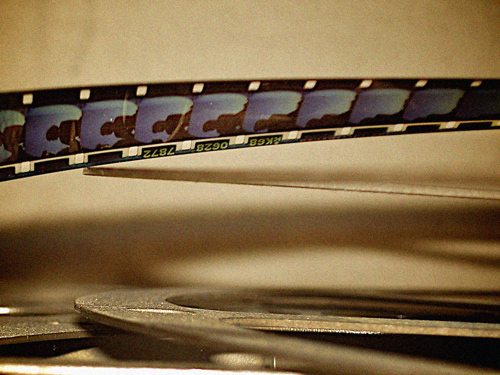A book that never ends.
It is an interesting concept, and one that is described in the Douglas reading.
What if you had a book that changed everytime you read it? Michael Joyce
What the? I had never heard of such a book until I encountered the topic of interactive narratives. An interactive narrative is a story in which the reader determines the path that the narrative may take. The author provides many alternative routes that the reader can explore through in order to discover a new storyline every time they read it. Indeed, there may be so many combinations of possible narratives that even the author may not have even thought of every path that the story may take.
Hypertext is a perfect technology to use to create interactive narratives. Books have lasted throughout the centuries, but now people are intrigued by this new way of storytelling. Douglas shares of the potential of hypertext, suggesting that much discovery and further exploration of the technology is still to come.
If the book is a highly refined example of a primitive technology, hypertext is a primitive example of a highly refined technology, a technology still at the icebox stage.
Douglas mentions how interactive storytelling meets a desire that many readers have – a desire for the inexhaustable story. A book no longer has to stay the same every time you open it up. It’s like the reader is given a role in authorship. I feel a great example of this is in video games.
In many video games, the participant controls characters as they journey through their own world. Someone had to create this world and all the various scenarios that the character could enter into, yet once it has been designed and completed, that’s when the game player comes in and chooses how the story will be told.
Take Grand Theft Auto for example.
A complex city has been designed and put in place, along with many challenges, opportunities, and nice cars to drive around. The ‘reader’ is then free to explore the city and create the narrative based on what he wants to do. People can play the game many times and encounter different scenarios every time. That’s why people are drawn to the games, because the experience isn’t the same every time.
And I think it is similar with hypertext narratives. People enjoy being able to come back to a book later on and explore a totally different storyline, a whole new experience, and a brand new ending.
While you’re reading, check out James’ post Before HD there was Kodachrome.
Want to know more on interactive narratives? Here’s a short clip sharing how they have been used to gain a profile in the business scene:












